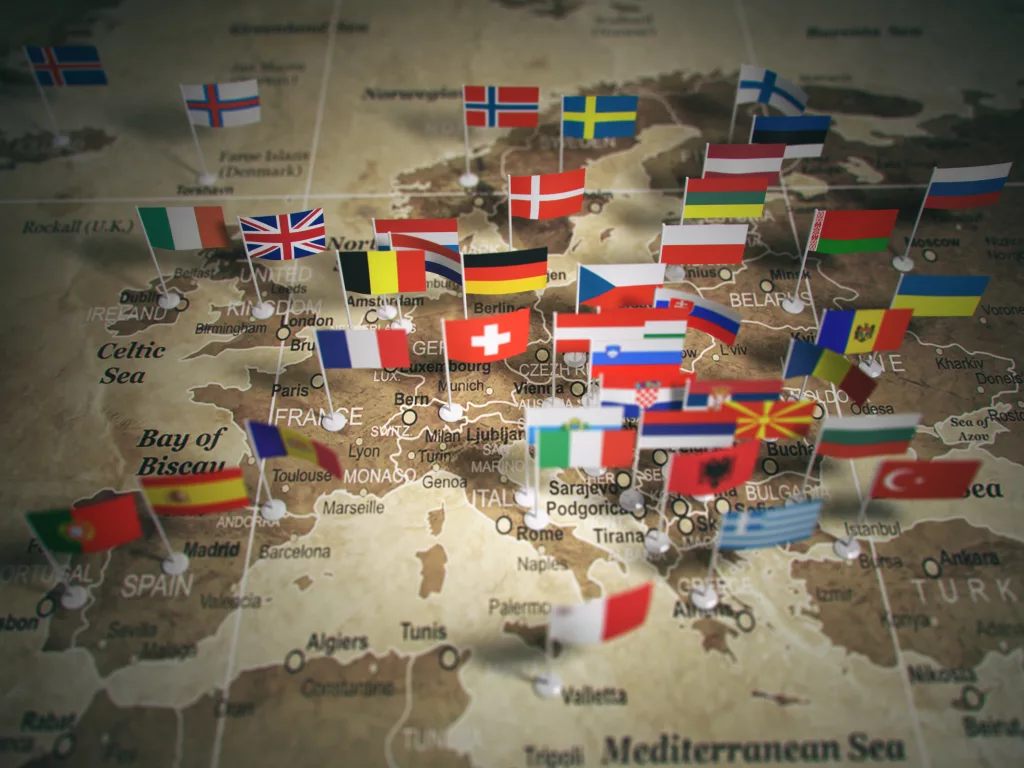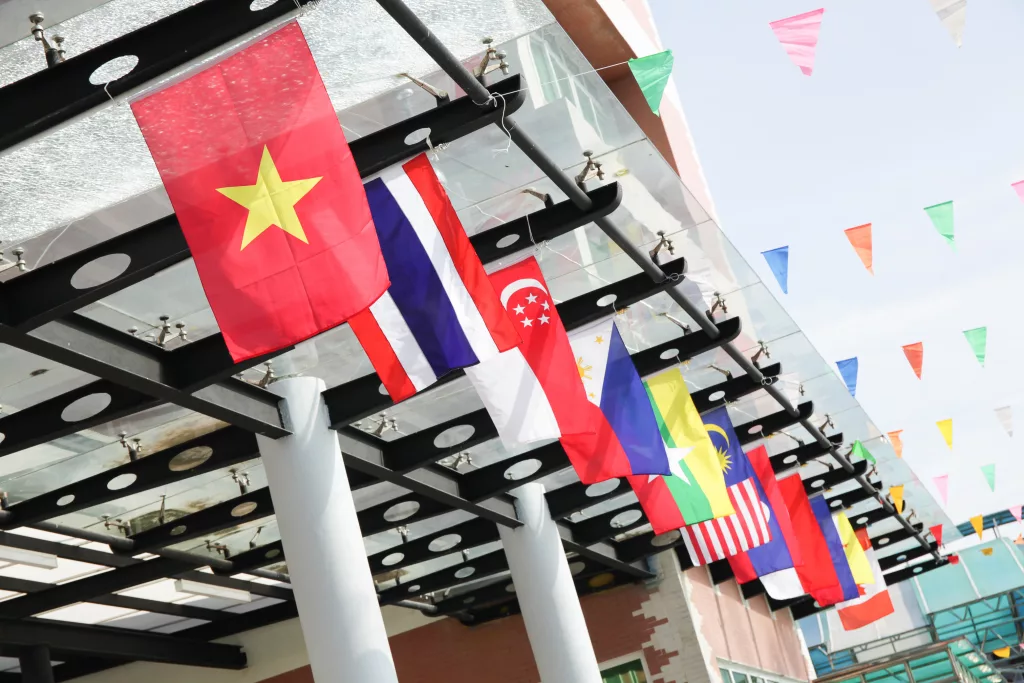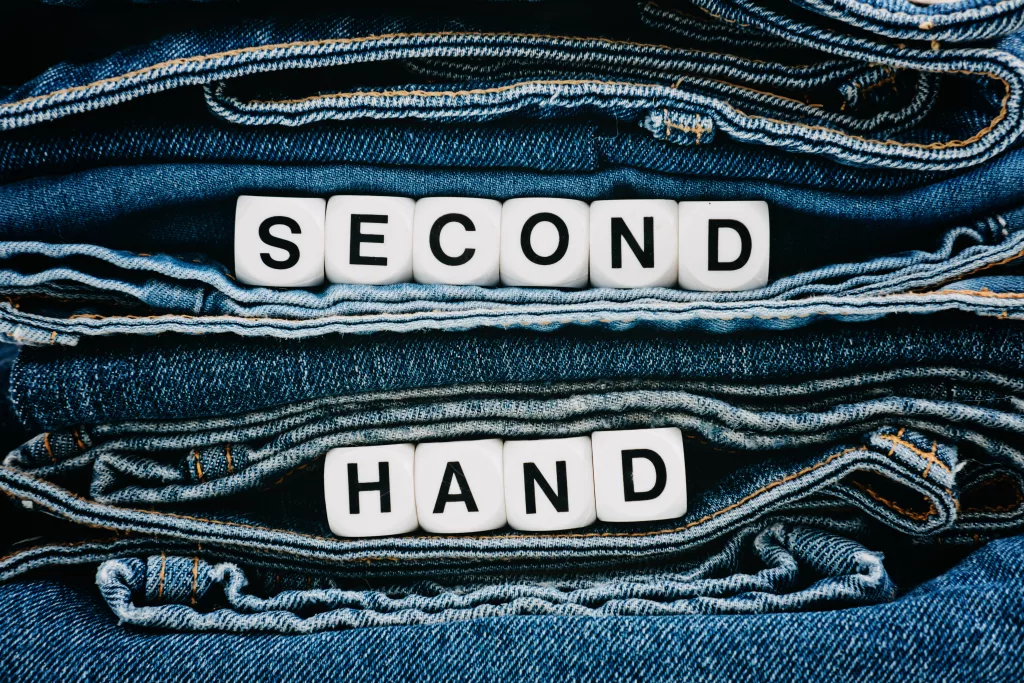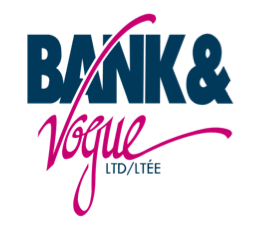Europe: Circular Fashion & Policy Leadership
Europe continues to lead global conversations on circular textiles. The EU Strategy for Sustainable and Circular Textiles (2022) sets out an ambitious roadmap that prioritizes durability, reparability, reuse, and recycling. New measures, like the upcoming ban on destroying unsold textiles for larger companies by 2026, reflect a region determined to tackle overproduction and waste at the source.

Countries such as Germany, France, the Netherlands, and the Nordics have emerged as leaders — with advanced collection systems, strong resale culture, and platforms like Vinted and Vestiaire Collective shaping consumer behavior. Extended Producer Responsibility (EPR) laws are central here: by placing lifecycle costs back on producers, brands are pushed to design with circularity in mind while also funding collection and recycling infrastructure.
European brands are moving resale in-house, launching trade-in programs or resale storefronts that let customers return used items for credit. This ‘resale-as-a-service’ approach signals a major shift: second-hand is no longer competition, but part of the business model.
South Asia & Southeast Asia: Production, Recycling, and Consumption
In South Asia, where nations like India and Bangladesh dominate textile manufacturing, demand for second-hand goods is growing rapidly. For many consumers, affordability is the main driver, while for younger demographics, vintage and branded resale add aspirational value. Yet, the region struggles with balancing new production, waste imports, and limited recycling capacity.

Meanwhile, Southeast Asia is emerging as a hub for textile reuse and recycling. According to the Switch Asia program, the textile and garment economic model in many Southeast Asian countries remains highly linear — “take, make, use, waste” — with environmental degradation being commonplace.
Vietnam’s textile sector employs over 2 million workers and contributes roughly 15% of GDP in some assessments, illustrating how textile manufacturing remains a backbone even amid early circular shifts.
At the grassroots level, informal markets and street vendors still dominate resale activity, highlighting the importance of supporting circularity not only through large-scale policy but also through local community practices.
Digital Resale Platforms & Technology
Digital resale platforms are reshaping global consumer habits. Apps like Vinted, ThredUp, and Depop have normalized second-hand shopping by making it as seamless as buying new. For younger shoppers, resale is not only economical but also cultural — tied to sustainability, identity, and style.
Technology is key: AI-driven sorting and grading streamline operations, while blockchain and traceability tools help guarantee authenticity and build trust. Emerging regional platforms in Europe and Asia are challenging global players by tailoring experiences to local payment systems and logistics networks.
However, concerns around shipping emissions remain. Platforms are responding with bundled deliveries, regional logistics hubs, and sustainable packaging initiatives — recognizing that the future of resale must also be climate-conscious.
Infrastructure, Recycling, and Circularity
One of the biggest challenges globally remains recycling. In Europe, each person generates about 16 kg of textile waste annually, but only 4.4 kg is collected separately for reuse or recycling. Even more concerning: less than 1% of textiles are recycled into new garments.
Innovations are on the horizon. Mechanical recycling is well-established but struggles with blended fabrics, while chemical and enzymatic recycling show promise for fiber-to-fiber regeneration. Public-private partnerships are vital here — with governments providing funding and regulation, and private firms bringing technology and investment.
Regions that have successfully reduced landfill contributions demonstrate the importance of consistent collection systems, traceable waste flows, and producer accountability through EPR schemes.
Grassroots Movements, Culture, and Consumer Behavior
While policies and platforms are reshaping the industry from the top down, grassroots movements are driving cultural change from the bottom up. In Europe, initiatives like clothing swaps, repair cafés, and ‘slow fashion’ communities are gaining momentum. In Asia, youth-driven thrift and upcycling cultures are blending traditional practices with modern streetwear and digital marketplaces.
Generational divides are clear: younger shoppers are not only comfortable with second-hand, but see it as a statement of identity and values, while older generations may still hold stigmas about ‘used’ clothing. NGOs and advocacy groups are amplifying these shifts, campaigning for transparency in global textile flows and building community-level collection and repair initiatives.
Success stories abound. Social enterprises across Europe employ marginalized groups to sort and refurbish textiles, while artisans in Southeast Asia turn waste into bags, quilts, and patchwork designs — marrying circularity with cultural craft.
Forward-Looking Perspective
Looking ahead, the second-hand market shows no signs of slowing. Europe’s resale market is projected to more than triple by 2035, reaching USD 116 billion, while Asia-Pacific’s will nearly double to USD 114 billion in the same period.

Global policy alignment will be critical. Stricter trade regulations, harmonized waste definitions, and producer responsibility frameworks are all on the table. Meanwhile, economic volatility, tariffs, and inflation will continue to push consumers toward second-hand as an affordable alternative.
For Bank & Vogue, the opportunity is to stay at the forefront of these shifts: scaling global logistics, publishing data-driven insights, and piloting new circular solutions.
As co-founder Steven Bethell notes, ‘The items that you consume could actually be part of not only a regenerative but a restorative economy.’
Learn more about our mission to support sustainability and help us transform the fashion industry to support a more circular approach.







